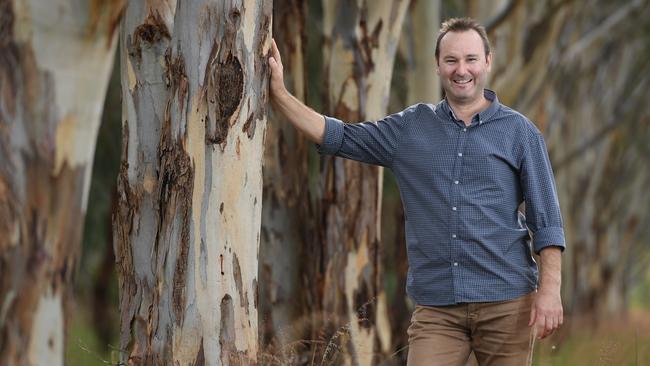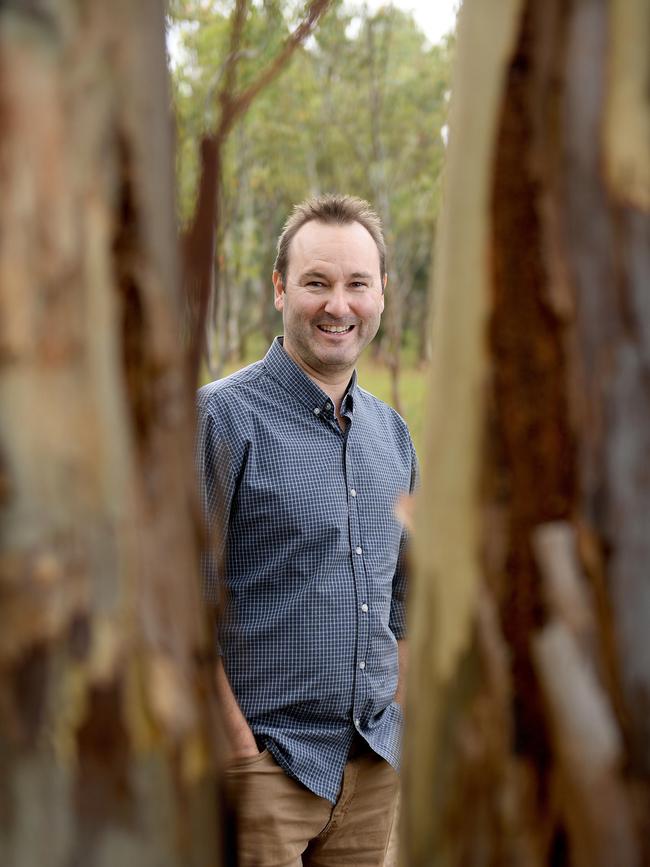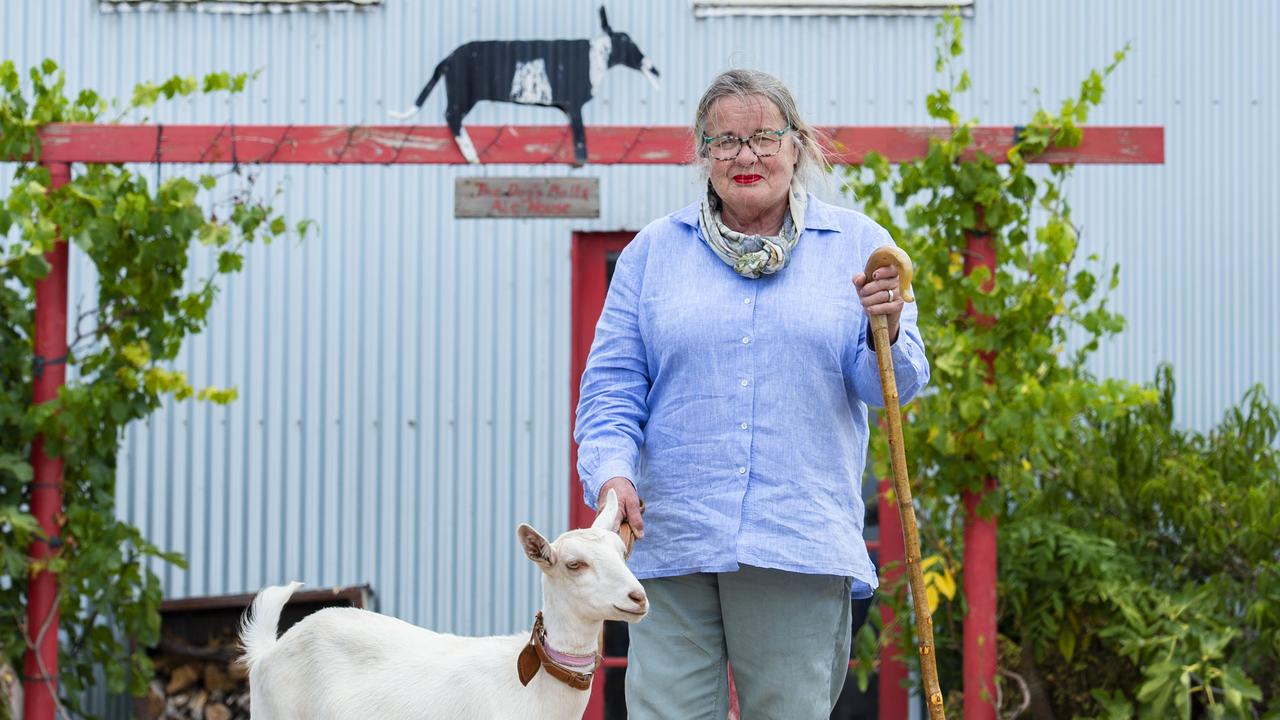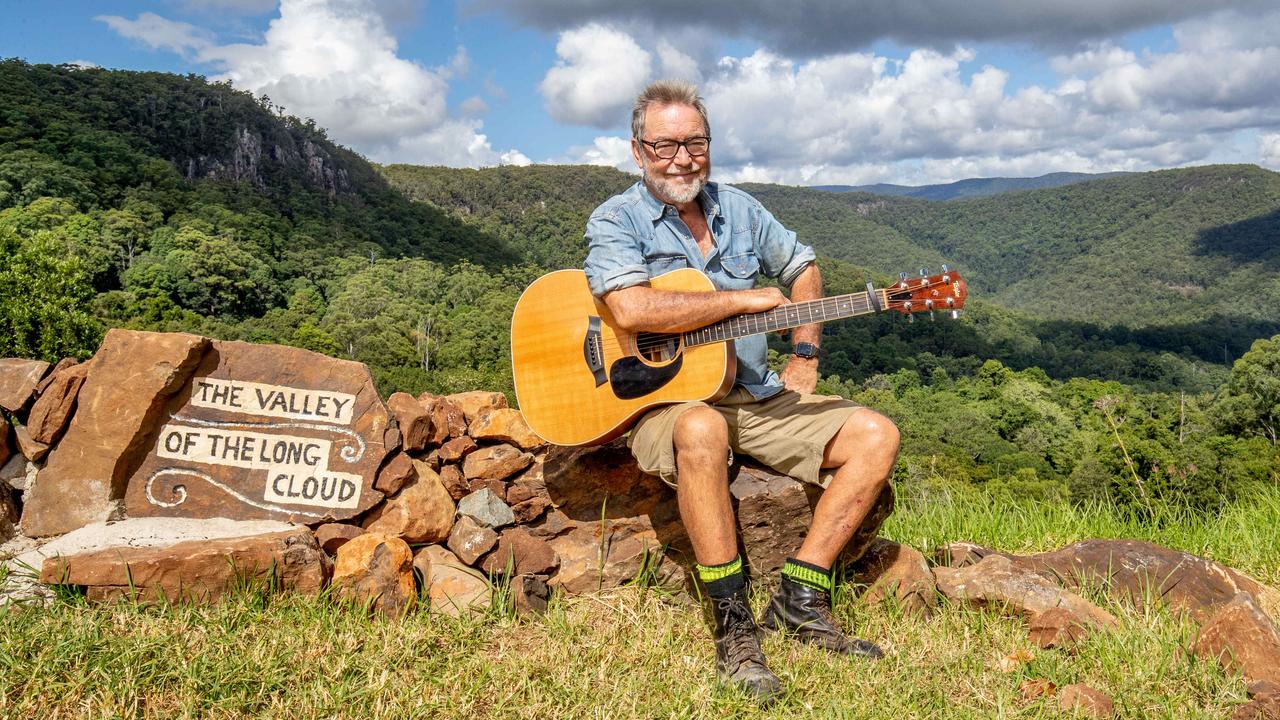Eucalypt expert Dean Nicolle has about 950 species at arboretum
A LIFELONG fascination with gum trees led Dean Nicolle to set up his own “zoo of trees”, writes SARAH HUDSON.

DEAN Nicolle is at home among the gum trees. He could even be called the eucalypt whisperer.
His Wikipedia page describes him as the world’s leading authority on the genus Eucalyptus.
Dean’s self-funded arboretum (“a zoo of trees”) on 30ha at Currency Creek in South Australia has the largest collection of eucalypt species in the world, with about 950 species and subspecies, and more than 9000 individual plants.
The arboretum has more than double the number of eucalypt species being grown on any other one site.
Last year Dean was named the national champion on the National Register of Big Trees for discovering the nation’s largest river red gum, on the Murray River at Colignan in Victoria, with a girth of more than 15m and a height of 32m.
The self-employed arborist, botanist and ecologist was awarded the Medal of the Order of Australia for services to the conservation of Australian eucalypts.
Ask the 44-year-old why the fascination, and he’s as mystified as the rest of us.
“I’m just wired that way. Why eucalypts and not banksia or melaleuca? It’s purely a chance thing and I can’t put my finger on what triggered it,” he says.
At the age of eight, growing up on his parent’s commercial orchid nursery, Dean consistently pestered his mother and father with questions about trees and plants.
“They gave me a copy of A Gardener’s Guide to Eucalypts. I’ve still got it, although it’s had a bit of wear and tear,” he says
Soon after his parents gave him another book, this time of watercolour paintings of eucalypts, and “one species in particular caught my eye” — a species last seen in 1876.
That one rare species — Eucalyptus rameliana (Giles’ mallee) — was to pave the way for his future career.

Determined to find it, Dean persuaded his parents to take several camping trips into the West Australian desert in search of a specimen. While they didn’t find the mallee, Dean did find botanical mentors, who guided his vocation.
He studied botany at Adelaide University, then completed his PhD at Flinders University, specialising in mallee eucalypt species.
Since that time he has largely been self-employed, with more business than he can keep up with through his consultancy work, with the likes of shires and developers requesting his skills to assess trees, their health and risk.
This paid work has financed his passion of travelling around Australia with his wife, Annett Boerner — an ecologist and science editor who has helped her husband publish more than 80 publications on eucalypts.
Of the roughly 950 species that exist on the planet, most are found only in Australia.
There is also a small number in New Guinea and Indonesia, and one species, Eucalyptus deglupta, as far north as the Philippines.
READ MORE:
TIME TO ... PLANT A TREE FOR THE NEW YEAR
Over 25 years Dean has travelled around some of the most remote locations in Australia to collect seeds to grow and research at the arboretum.
“Not many botanists have done extensive research in these regions outside Australia and it’s not easy to get there or move around. But one day I’d like to go there,” Dean says.
He planted his first seeds at the arboretum, in the Fleurieu region, south of Adelaide, in 1992 at the age of 15.
“Up to that point I’d wanted to grow one of every species and had been planting on my parent’s nursery. As they wanted to eventually sell it, that wasn’t such a good idea,” he says.
“So I was very fortunate my parents bought cleared agricultural land at Currency Creek and I was able to plant the trees.”
About 95 per cent of all eucalypts grow on the property, with the remaining 5 per cent unable to grow there “because it’s too hot, cold, wet or dry for them”.
Given the property and the research has been self-funded, the arboretum is largely a gift to the community, especially science.
It is rarely open to the public. This year it will be open on March 23 and 24 and September 21 and 22.
“The open days provide an opportunity to educate people about the misconceptions around eucalypts,” Dean says.
“For instance, there are many that don’t drop their branches and bark and are actually small mallee shrubs. Or I dispel the myth that not all cause bushfire problems and some can even be planted around a house to slow the spread of fire.”
Scientists have conducted extensive research at the arboretum, which has had practical applications including how to limit the impact of blue gum plantations hybridising with native species.
Other research has looked at the more than 100 species that don’t reshoot after fire or harvesting.
Dean says about 20 per cent of eucalypts are classed as rare, vulnerable or endangered, with climate change posing the greatest threat to their future.


